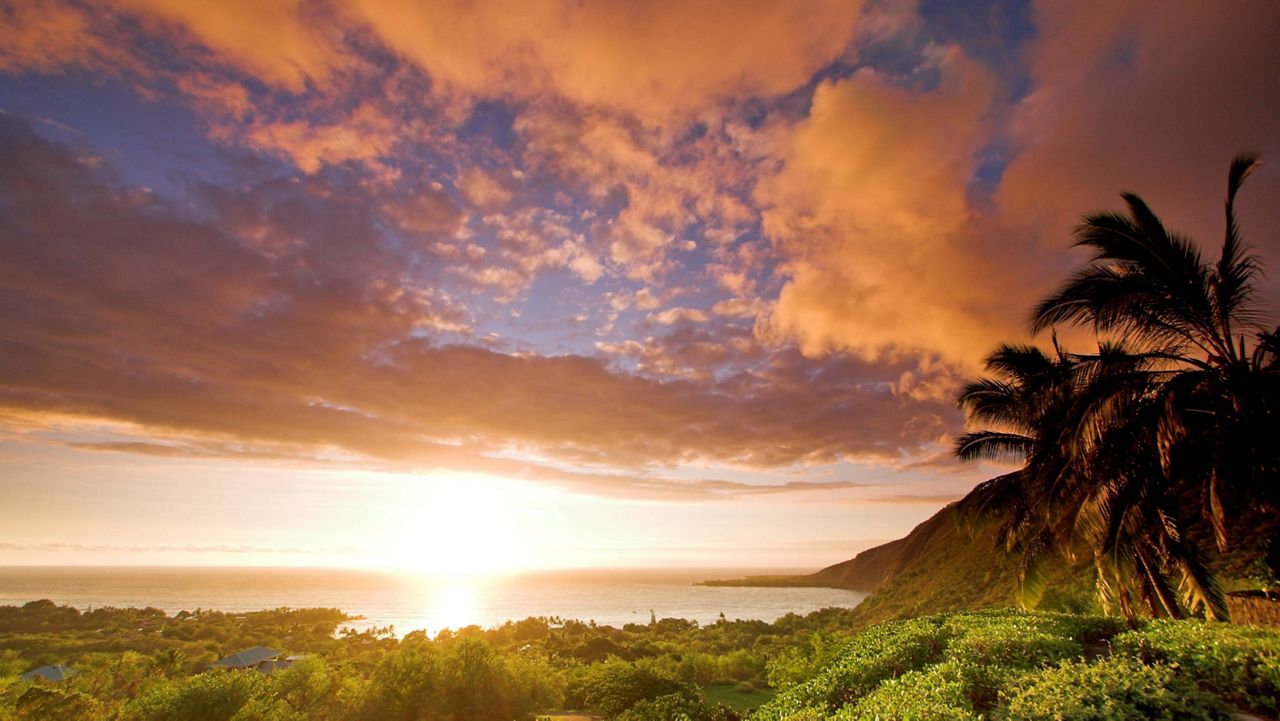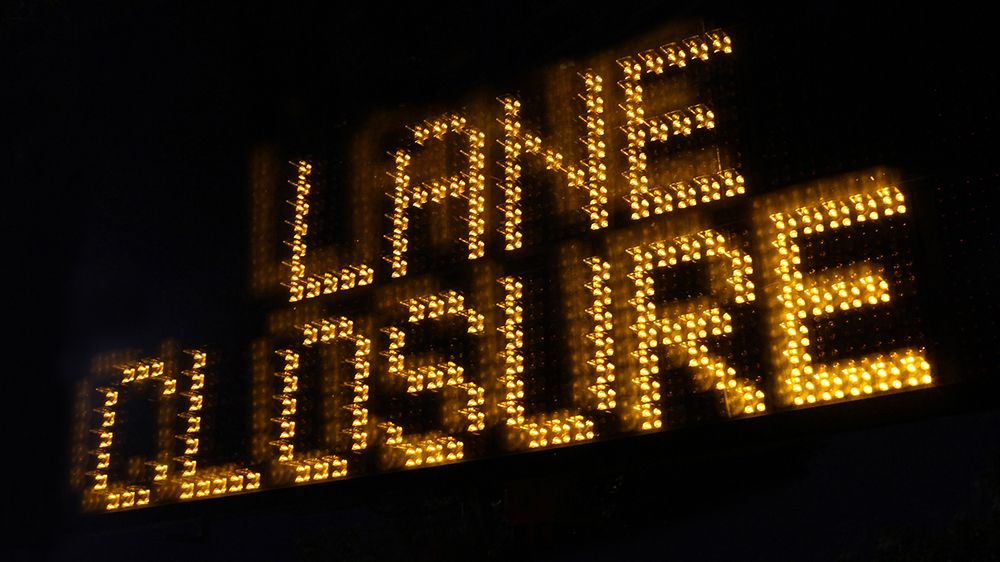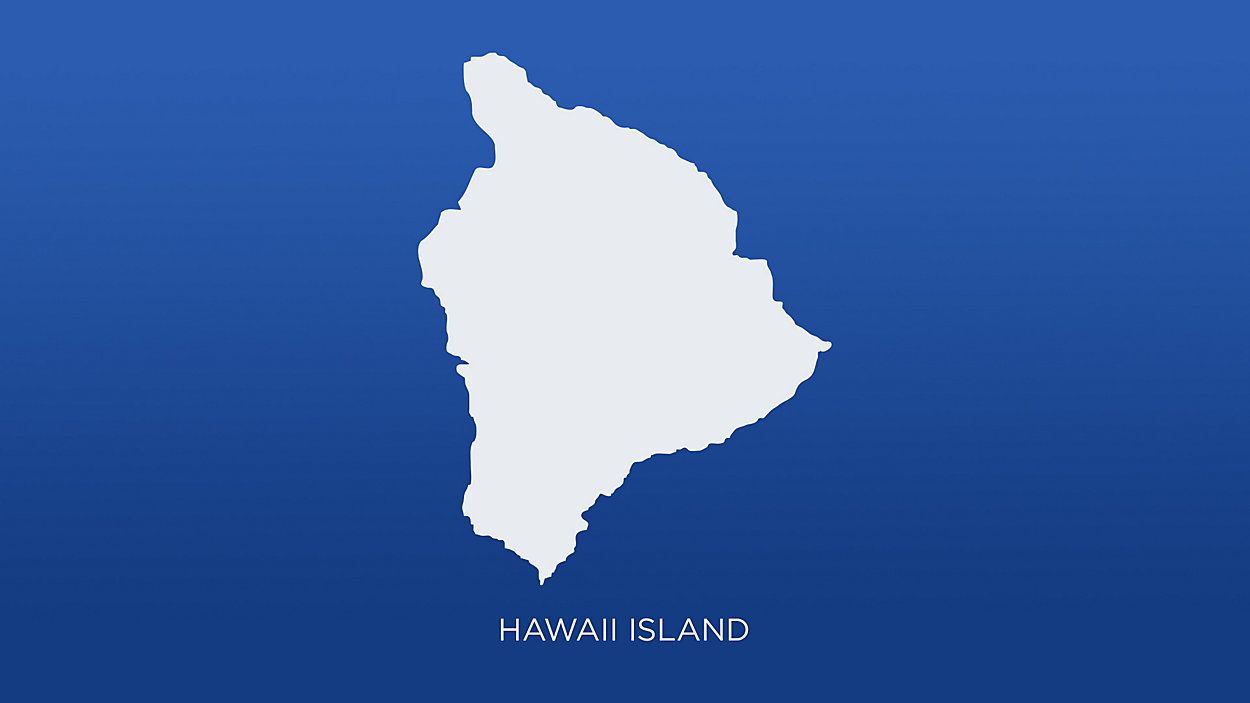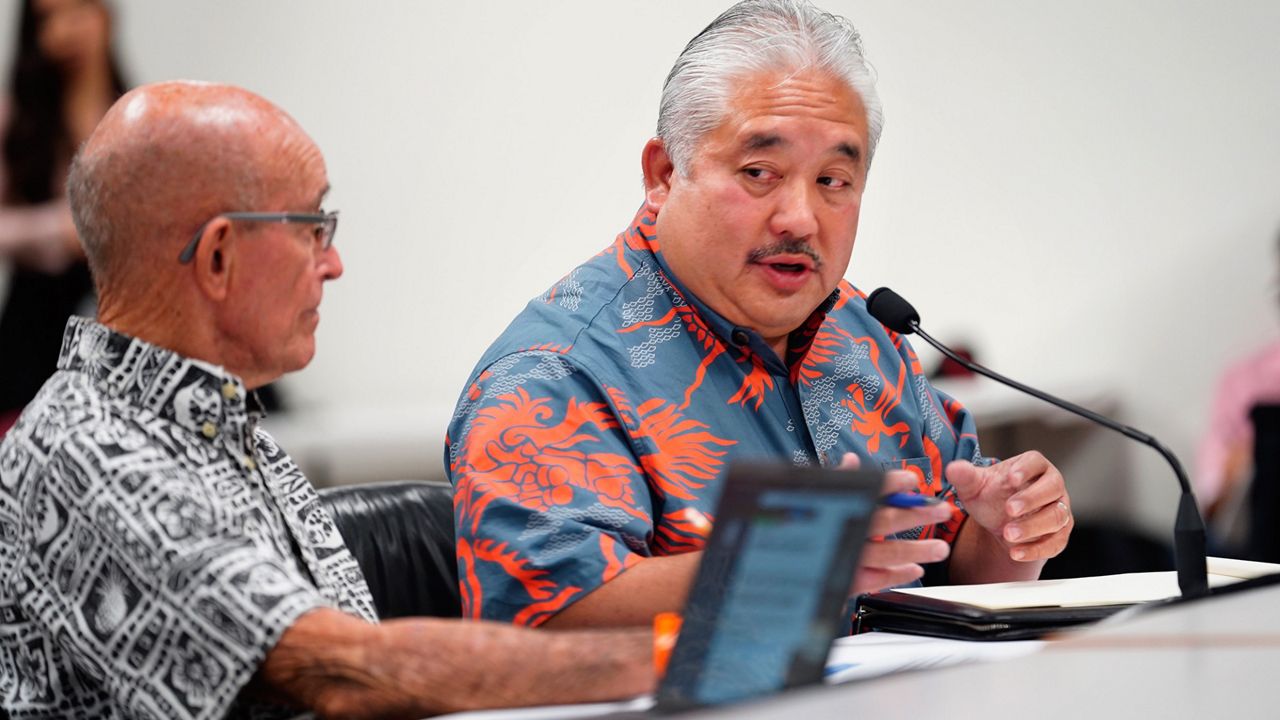Residents on the Mainland may be a bit bleary-eyed Sunday morning after losing an hour of sleep. Thanks to daylight saving time, most U.S. states “sprung forward” overnight.
Now, for the next six months, Hawaii will be three hours behind the Pacific time zone and six hours behind the Eastern time zone.
Most of Arizona, Puerto Rico, the U.S. Virgin Islands, American Samoa, Guam and the Northern Marianas also don’t observe daylight saving time and don’t adjust their clocks.
Hawaii opted out of time change in 1967 because of its proximity to the equator, making the need for daylight saving time unnecessary.
A poll conducted last October shows that most Americans want to avoid switching between daylight saving and standard time, though there is no consensus behind which should be used all year.
The poll from The Associated Press-NORC Center for Public Affairs Research found only 25% of Americans said they preferred to switch back and forth between standard and daylight saving time.
Forty-three percent of Americans said they would like to see standard time used during the entire year. Thirty-two percent say they would prefer that daylight saving time be used all year.
States that observe daylight saving time will “fall back” on Nov. 6.
The Associated Press contributed to this report.









